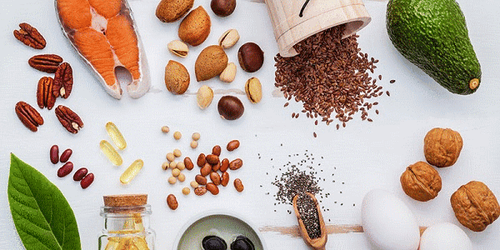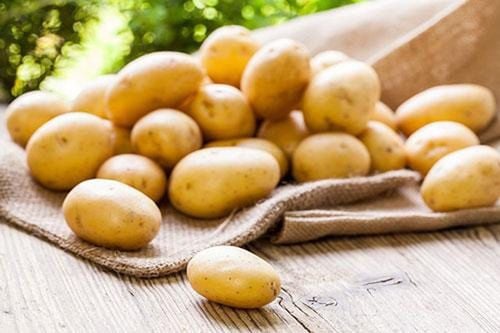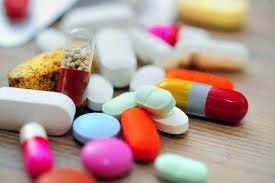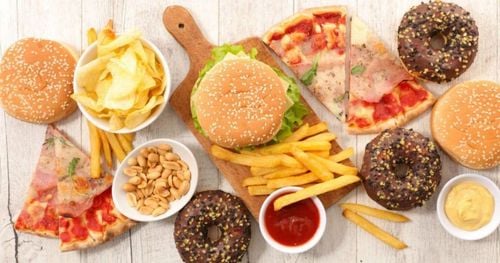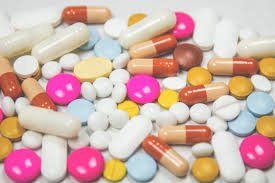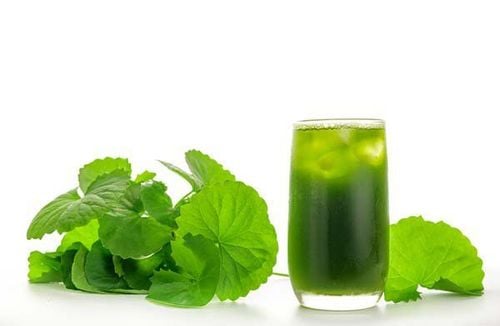This is an automatically translated article.
Putting food in the refrigerator or freezer is a popular way of preserving food today for many families. However, the issue of food safety and hygiene is not as simple as you think when improper storage will create conditions for bacteria to grow. So what is the best way to preserve food?
1. What is the right way to store food?
When you buy food that you have not used at home, you need to put it in the refrigerator to store it safely. Do not leave food such as: shrimp, fish, meat, seafood... in the refrigerator when the temperature is not enough. Including cooked leftovers and takeaways. Also, when storing food, do not keep the refrigerator or freezer so tight that air cannot circulate.
Keep the refrigerator temperature below 40°F (4°C). The freezer temperature should be 0°F (-18°C) and you should check the temperature periodically. Using a household thermometer is the best way to know if the temperature in the refrigerator is cold enough.
You should use prepared foods as soon as possible. The longer they are kept in the refrigerator, the more Listeria, and a type of foodborne illness bacteria, can grow, especially if the refrigerator temperature is above 40°F (4°C).
Anything in the cupboard that seems to have a suspicious smell should be thrown out. Moldy food is a sign of food that has gone bad, when they will grow in your refrigerator, causing other foods to be affected as well. This affects the health of your family and can even cause food poisoning.
2. How to preserve food well
Please regularly clean the refrigerator to avoid food and food stains. This helps reduce Listeria growth and prevents drips from defrosting meat that could allow bacteria from one food to spread to another.
Preservation of food, food should be sealed with a container, check the food if left for too long to damage and affect health. Store eggs in a box in the refrigerator, not by the door, where the temperature is warmer.
Please use the food before the expiration date for the best taste or quality. At some point after the date of use, the product may change in taste, color, texture, or nutrient content.
The exception to this is infant formula. Infant formula and some baby foods must be used by the date on the package.
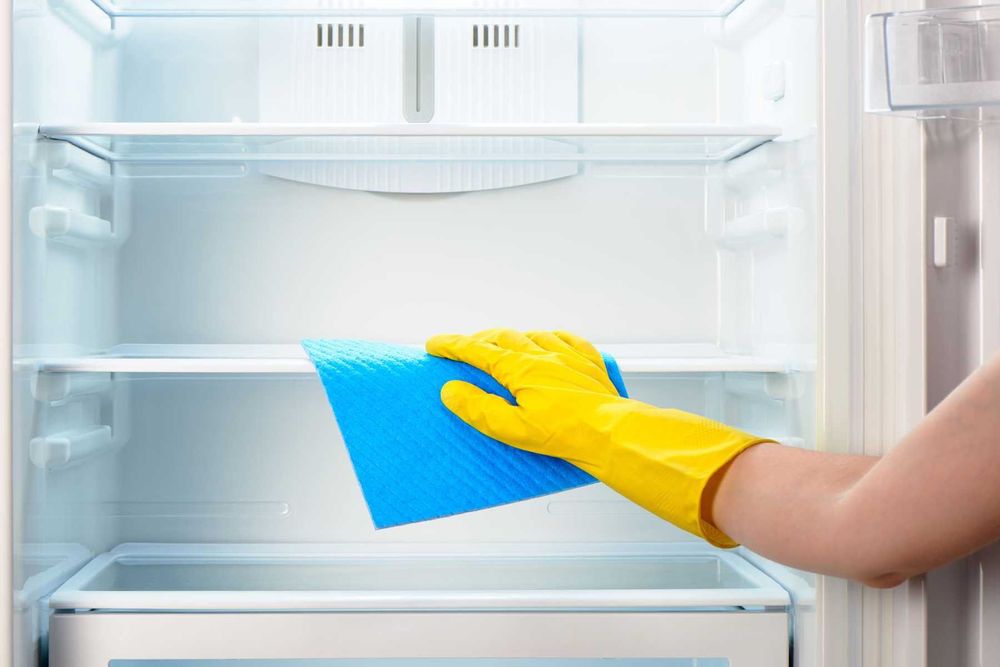
Vệ sinh tủ lạnh thường xuyên giúp ích cho việc bảo quản thực phẩm tốt hơn
Close the refrigerator door for as long as possible Wait for the food to cool before putting it in the refrigerator Reduce the temperature to help keep it cold enough if the refrigerator is full
3. What is the right way to keep food in the freezer?
You can keep food safe in the freezer for many years as long as it stays frozen. However, the taste and texture of food will change if frozen for too long, so you will find that the food does not taste good when eaten.
You can look at any instructions on the food label or in the freezer manual (if you don't have one, you can find it online) for how long food should be frozen.
When frozen meat and fish (and some other foods) thaw, they can release a lot of liquid. If you're defrosting raw meat or fish, this liquid will spread bacteria to any food, plate, or surface it comes in contact with. Store meat and fish in an airtight container on the bottom of the refrigerator, so it doesn't stick or drip onto other foods.
Care should be taken to always wash plates, utensils, surfaces and hands thoroughly after touching raw or thawed meat to prevent the spread of bacteria. If you defrost raw meat or fish and then cook it thoroughly, you can re-freeze it, but remember to never reheat food more than once.
4. Food safety by wrapping cling film
Film is useful for protecting food, but like many things, it needs to be used properly. Not all types of cling film are suitable for use with all foods. Check the description on the box to see what foods they can be used with.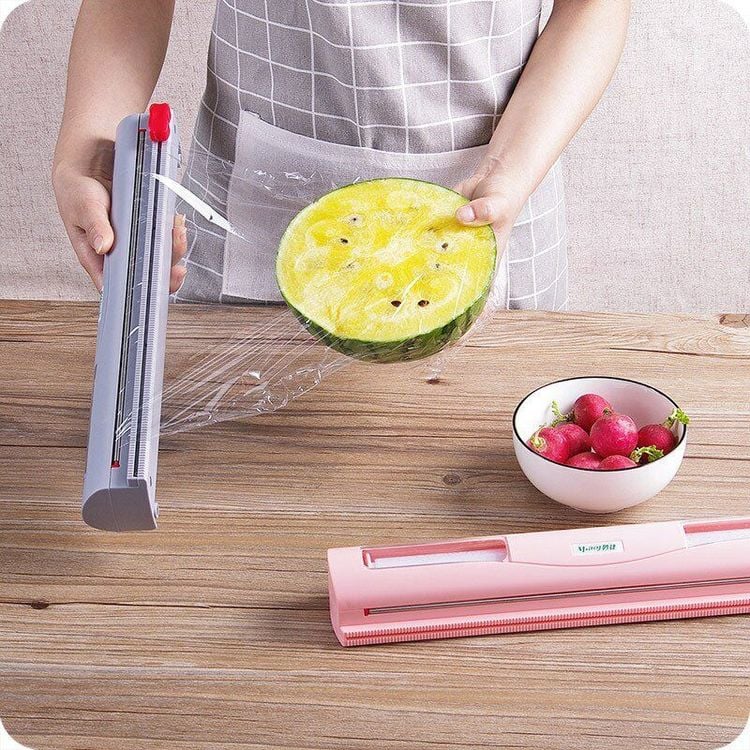
Người nội trợ có thể sử dụng bọc màng bám để bảo quản thực phẩm
There are three main points to remember when using cling film:
Do not use cling film if it could get on food, such as in the oven or on pots and pans on the stovetop. You can use cling film in the microwave (follow the manufacturer's instructions) but make sure the cling film doesn't touch the food. The cling film should only come into contact with foods high in fat, such as certain cheeses, raw meats with a fatty coating, fried meats, baked goods and cakes and pastries with a butter or chocolate coating. Proper preservation of food not only helps you minimize the risk of foodborne illnesses, but also helps food always taste fresh and ensure the nutritional value of each dish.
Please dial HOTLINE for more information or register for an appointment HERE. Download MyVinmec app to make appointments faster and to manage your bookings easily.




